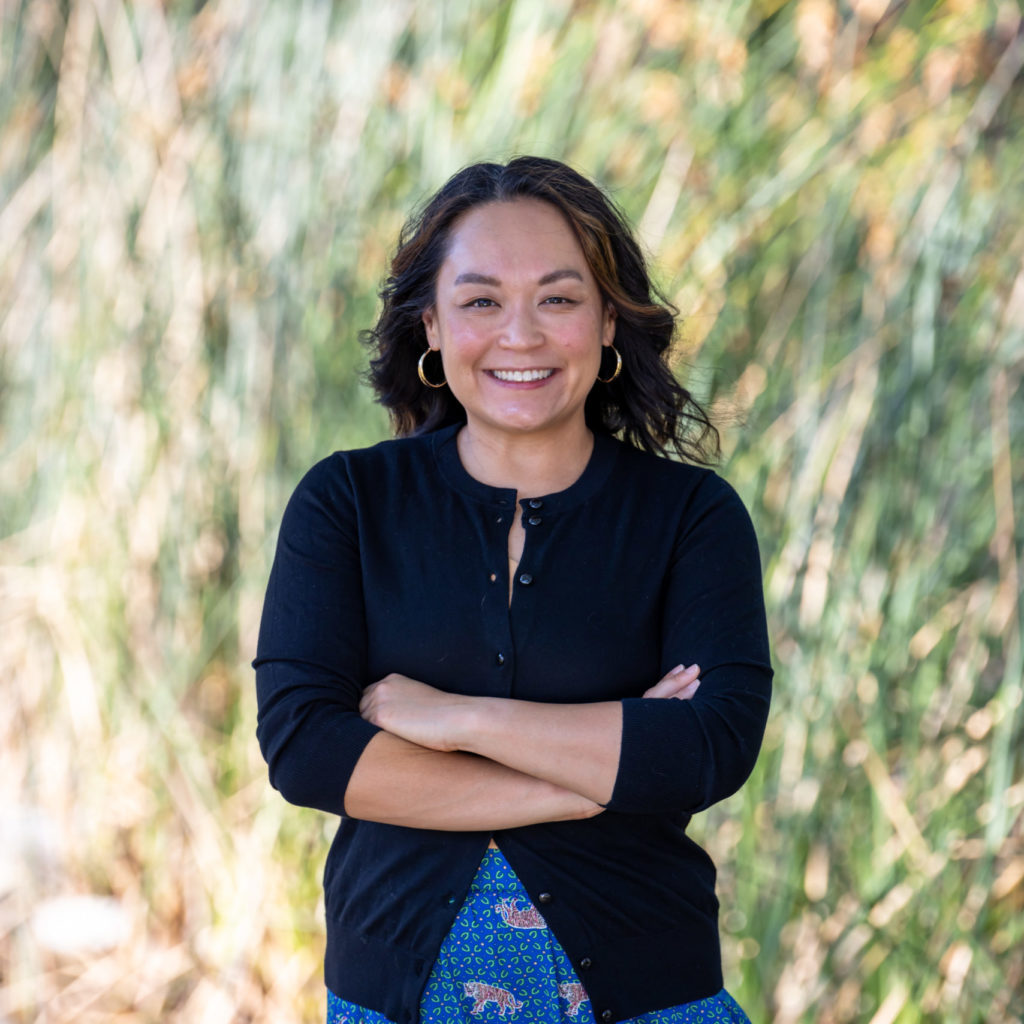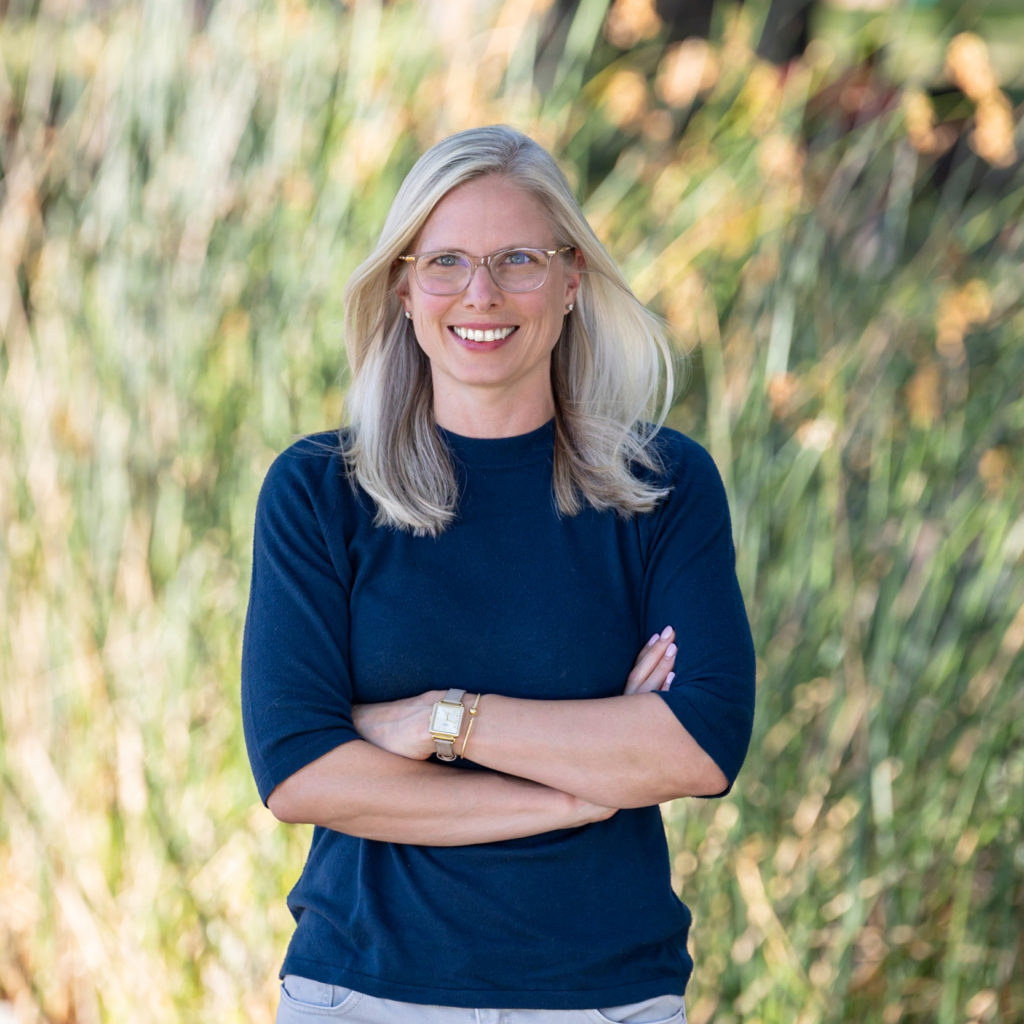Assessing Strategy In An Evolving Movement
As the Ford Foundation’s Advancing Reproductive and Gender Justice Program came to the midpoint of its ten-year grant-making cycle, they partnered with Grassroots Solutions to:
- Assess their strategy and document their theory of change.
- Explore what change had happened to date, and the Foundation’s contribution to that change.
- Discern observations about how change happens.
This was an entirely new strategy for Ford’s Reproductive and Gender Justice Program, calling on both summative and formative evaluation at the midpoint to look back at five years’ work in order to inform their strategy for the balance of the grant-making cycle.
Ford’s approach to the Reproductive Movement
SisterSong, a Ford Foundation grantee, defines reproductive justice as, “the ability to choose whether to have a child and when; to give birth safely; and to raise children in a healthy, thriving environment […].” Reproductive and gender justice interweaves reproductive rights and health with economic and social justice issues—the intersection of legal bodily integrity, parenthood, health, paid family leave and the living wage.
With this in mind, the Foundation prioritizes multiyear general operating support for reproductive and gender justice organizations, and typically led by and for people who are disproportionately under-resourced and under-served: women of color, rural and low-income women, LGBTQ+, gender nonconforming people, nonbinary people, immigrants and migrants.
The Grassroots Solutions’ approach: Evaluation as a public good
Our shared values ran deep: Ford’s approach to reproductive and gender justice mirrored our own. As a leader in philanthropy, Ford seized the opportunity, in partnership with their grantees, to shift culture, laws, and resources at scale. We felt, as evaluators, we had a pivotal role to play in that shift.
No project unfolds according to a set plan. This evaluation was no exception, and it leveraged Grassroots Solutions’ ability to adapt in three ways:
- We found the starting point. The problem diagnosis, desired outcomes, and approaches to achieving those outcomes hadn’t been fully defined or documented. Together, with our partners at Ford, we began by coming to an understanding of the Program’s objectives, refining learning questions, and determining the most useful data to assess progress.
- Our approach was developed prior to the extraordinary circumstances of 2020: The COVID-19 pandemic and subsequent social distancing measures, mass unemployment, racial justice uprisings, the Supreme Court nomination of Amy Coney Barrett, and a presidential election. Our engagement with grantees evolved in structure (from largely in-person to phone, video and survey) and in tenor (lessening the emotional and actual burden on them).
- Between the time we submitted our proposal and when evaluation was completed, the program staff had transitioned. We clarified intent, defined process, codified data, and most importantly, gave context at every stage, so anyone walking into the program could easily grasp the whole of it.
The side-by-side-by-side approach: Ford + Grantees + Grassroots Solutions
Collaboration is “integral to establishing credibility, developing trust, and improving access to information so that the data collected and analyzed are high quality and useful.” It makes evaluation effective in the world, and in this project, proved essential in two key ways.
Though the program was five years in, and grant making had been going on for just 2.5 years, the Foundation was supporting organizations that had been in the field for decades, allowing grantees to illuminate the long-term narrative of reproductive and gender justice, and place Ford’s relatively new strategy in context.
Collaboration between the Ford Foundation, Grassroots Solutions and grantees also made for frank and at times difficult discussions about the “legacy of white feminism in the field and the consequence of historic underfunding of women-of-color organizations.” In providing much needed space for this conversation, organizations that had worked in parallel were now able to unlock potential for progress. By listening thoughtfully, Ford identified ways they could support that progress.
Centering grantees, right to the end
Rather than simply deliver the report to Ford, we shared the report with the grantees and other partners and stakeholders. The resulting conversation was lively and frank, and included, and included over 50 grantees. Grantees saw themselves in the findings and freely shared their thoughts with Ford and Grassroots Solutions.
Thus, this last step was transformed into a meaningful opportunity for the Foundation to hear more from the field about what it needs to grow and succeed in the next five years. It reinforced the spirit of collaboration with grantees who are, in the end, the agents of change in Ford’s theory of change.
Moving forward
Evaluation is only as good as its legacy. Ours was to leave Ford with:
- Documentation of their strategy and theory of change that will provide the Foundation with institutional knowledge of the first five years of it advancing reproductive and gender justice strategy.
- Actionable lessons about how change happens.
- Strategic questions to consider as they make adjustments to the second five-year cycle of their strategy.
Reflections
Knowing that social change and policy change take time, the outcomes of Ford’s grant making and the work of its grantees are to be written down the road. We’re proud of the role Grassroots Solutions played in helping Ford understand their contribution to change and crystallize their strategy, by lifting up the voices and concerns of women of color and other marginalized communities in the field.
Finally, this was an entirely new approach to mid-strategy evaluation for Ford. We are gratified that Grassroots Solutions’ report is being shared publicly by the Foundation and used as an example as Ford continues to implement learning moments in the Foundation’s portfolios. We invite you to read further about their important work in the executive summary on Ford’s website.









